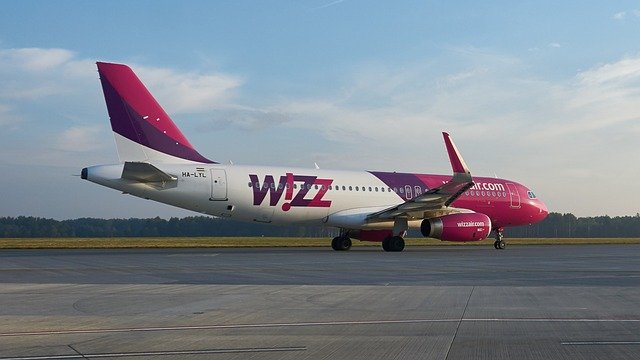Traveling with Portable Oxygen: A Comprehensive Guide for Air Travel
Portable oxygen machines, also known as oxygen concentrators, have revolutionized the way individuals with respiratory conditions can travel. These compact devices provide a continuous flow of oxygen, allowing users to maintain their oxygen therapy while on the go. For those who rely on supplemental oxygen, understanding how to navigate air travel with a portable oxygen machine is crucial for a safe and comfortable journey.

What are the regulations for flying with oxygen concentrators?
When it comes to air travel, the Federal Aviation Administration (FAA) has specific guidelines for passengers using portable oxygen concentrators. Most airlines allow these devices on board, but it’s essential to check with your specific carrier before booking. Generally, you’ll need to inform the airline in advance that you’ll be traveling with an oxygen concentrator. You may also be required to provide a physician’s statement confirming your need for in-flight oxygen and your ability to operate the device independently.
Which portable oxygen concentrators are approved for air travel?
Not all portable oxygen concentrators are created equal when it comes to air travel. The FAA maintains a list of approved devices that meet their safety standards for in-flight use. Some popular FAA-approved models include:
-
Inogen One G3
-
Philips Respironics SimplyGo
-
SeQual Eclipse 5
-
AirSep FreeStyle 5
-
Invacare Platinum Mobile
It’s crucial to ensure your device is on the approved list before traveling. Airlines may deny boarding if you attempt to bring an unapproved oxygen concentrator on board.
How should you prepare for air travel with an oxygen concentrator?
Preparation is key when traveling with a portable oxygen concentrator. Here are some essential steps to take:
-
Contact your airline: Inform them about your need for oxygen and confirm their specific requirements.
-
Get a doctor’s statement: Obtain a signed letter from your physician stating your fitness to fly and your oxygen needs.
-
Check battery life: Ensure your device has enough battery power for the entire flight, plus extra time for potential delays.
-
Pack spare batteries: Bring enough fully-charged batteries to last 150% of your expected travel time.
-
Carry necessary accessories: Don’t forget items like power cords, adapters, and spare nasal cannulas.
-
Arrive early: Give yourself extra time at the airport for security screening and any additional checks.
What should you expect during security screening?
When going through airport security, you’ll need to remove your portable oxygen concentrator from its carrying case and place it in a separate bin for X-ray screening. The Transportation Security Administration (TSA) allows medical devices to be hand-inspected if you prefer. Be prepared to demonstrate that your device is functioning properly if asked by security personnel.
| Provider | Model | Battery Life | Weight | FAA Approved |
|---|---|---|---|---|
| Inogen | One G3 | Up to 4.7 hours | 4.8 lbs | Yes |
| Philips Respironics | SimplyGo | Up to 3 hours | 10 lbs | Yes |
| SeQual | Eclipse 5 | Up to 5.1 hours | 18.4 lbs | Yes |
| AirSep | FreeStyle 5 | Up to 6.5 hours | 6.2 lbs | Yes |
| Invacare | Platinum Mobile | Up to 5 hours | 4.98 lbs | Yes |
Prices, rates, or cost estimates mentioned in this article are based on the latest available information but may change over time. Independent research is advised before making financial decisions.
Traveling with a portable oxygen concentrator requires careful planning, but it’s entirely possible with the right preparation. By understanding airline regulations, choosing an approved device, and following proper procedures, individuals who require supplemental oxygen can enjoy the freedom of air travel safely and comfortably. Always consult with your healthcare provider and the airline before embarking on your journey to ensure a smooth and worry-free travel experience.
This article is for informational purposes only and should not be considered medical advice. Please consult a qualified healthcare professional for personalized guidance and treatment.






